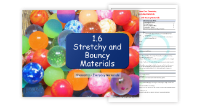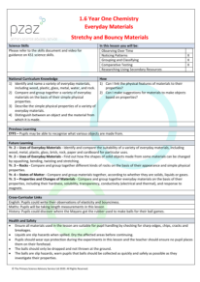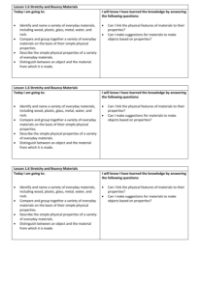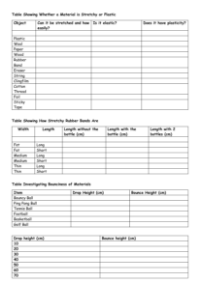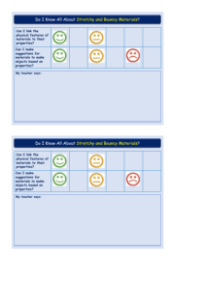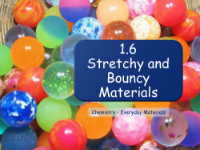Other Properties of Materials - Teacher Explanation

Science Resource Description
Welcome to Lesson 1.6, 'Other Properties of Materials', part of the Year 1 unit on Everyday Materials. In this lesson, students will go beyond simply identifying materials such as wood, plastic, glass, metal, water, and rock, to exploring how these materials can be compared and grouped by their physical properties. The national curriculum sets out clear objectives for pupils, including the ability to describe these properties and to distinguish between an object and the material it is made from. Safety is a priority, with precautions taken to ensure that all materials are safe to handle, water spillages are quickly dealt with to prevent slips, and eye protection is worn when necessary. This lesson not only covers science but also incorporates English through writing observations, maths through making measurements, and potentially history by exploring the origins of materials such as rubber used by the Mayans.
During the experiments, students will investigate the concepts of stretchiness and bounciness. They will test various materials to determine if they are elastic, plastic, or rigid. For example, they will observe that a rubber band returns to its original shape after being stretched, demonstrating elasticity, whereas play dough remains deformed, showing plasticity. Another experiment involves measuring how the length of elastic bands changes under the weight of water bottles, giving insight into the relationship between an elastic band's thickness and its stretchiness. Additionally, pupils will examine the bounciness of different balls, relating the height from which a ball is dropped to how high it bounces back up. This hands-on approach to learning will help students understand the physical properties of materials and how they are applied in everyday life. Enjoy the discoveries and the fun of scientific exploration!
